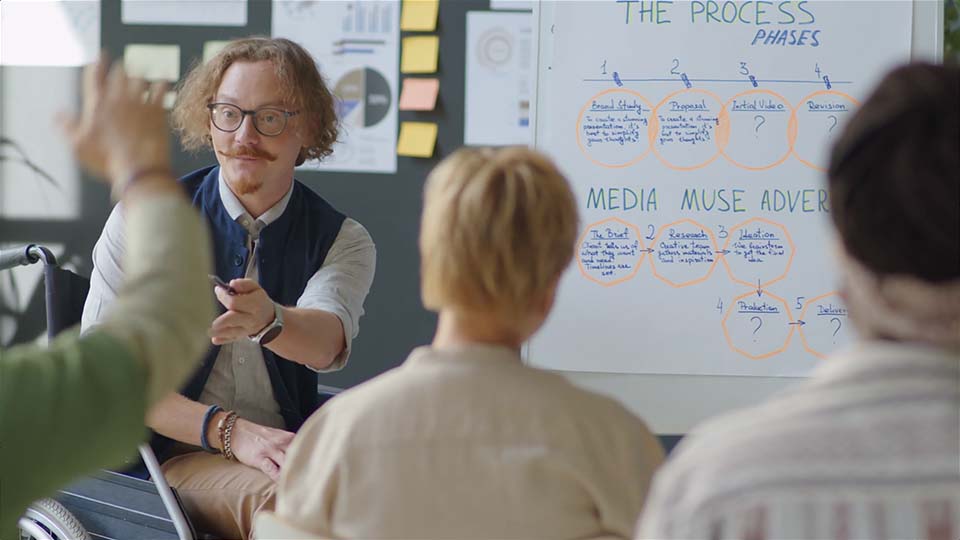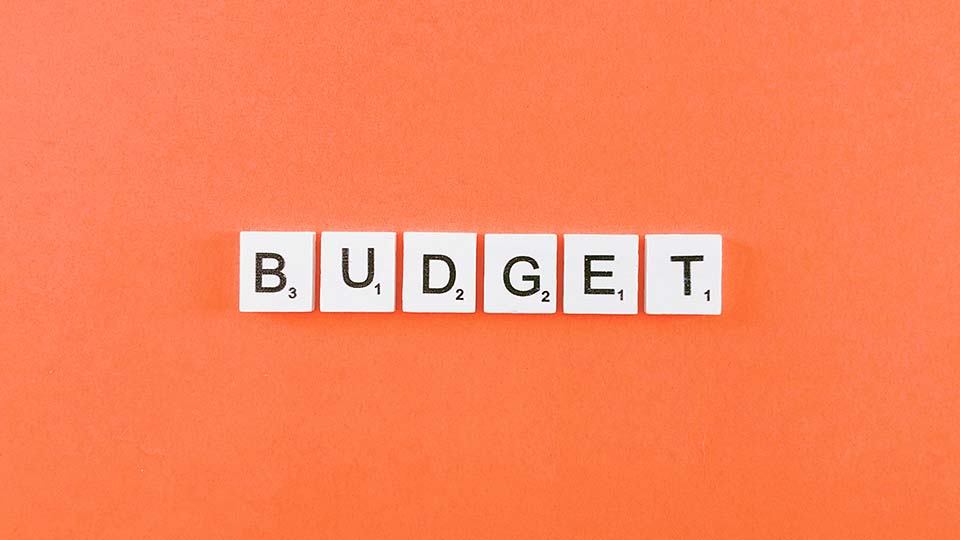In today’s digital world, video content has become an essential part of marketing strategies for businesses across industries. But, one of the most common questions we get asked is, “How much does it cost to produce a video?” In this comprehensive guide, we’ll break down the different factors that influence video production costs and provide you with a clear understanding of what to expect when investing in your next video project.

The Fundamentals of Video Production Costs
Video production costs can vary greatly depending on several factors. Before diving into the specific elements that determine the overall price tag, let’s take a look at the three primary stages of video production:
- Pre-production
- Production
- Post-production
Each stage has its own set of expenses and affects the final cost of producing a video. Here’s a brief overview of what you can expect in each phase:
Pre-Production: Laying the Groundwork
During pre-production, you’ll develop your video concept, write the script, and plan your shoot. Some of the key factors that impact pre-production costs include:

- Concept Development: Developing a creative, engaging concept for your video is essential for success. This process can be time-consuming and may require brainstorming sessions, research, and professional input.
- Scriptwriting: A professional scriptwriter can help you craft a compelling narrative that effectively communicates your message. The cost of scriptwriting services can vary depending on the writer’s experience and the complexity of the script.
- Storyboarding: Creating a visual representation of your video through storyboards can help you plan each shot and streamline the production process. Storyboard artists may charge per frame or per project.
- Location Scouting: Finding the perfect location for your shoot can be a time-consuming process that may involve hiring a location scout or paying location fees.
Production: The Shoot
The production stage is where your video comes to life. Key cost factors during this phase include:
- Crew: Your production crew will typically include a director, director of photography, camera operator, sound recordist, and possibly other specialised roles. Crew rates can vary based on experience and the size of the production.
- Equipment: High-quality cameras, lenses, lighting, and audio gear are essential for professional video production. You can either purchase or rent this equipment, and the cost will depend on the quality and quantity of the gear you need.
- Talent: Hiring professional actors, voiceover artists, or presenters will impact your production costs. Talent fees can vary depending on their experience and the length of the shoot.
- Production Design: Creating a visually engaging set or environment for your video can involve set design, props, and wardrobe, all of which will affect your budget.
Post-Production: Polishing Your Video
After the shoot, your footage will need editing, colour grading, sound design, and more. Here are some of the main post-production costs to consider:
Editing: A skilled editor will piece together your footage, add transitions, and ensure your video flows smoothly. Editing rates can be charged hourly or per project, depending on the complexity of the work.
- Colour Grading: Colour grading is essential for giving your video a polished, professional look. Grading can be relatively inexpensive for simple projects, but more complex projects may require a dedicated colourist.
- Sound Design: High-quality sound is crucial for an engaging video. A sound designer will clean up any audio issues, add sound effects, and mix the final soundtrack.
- Motion Graphics and Visual Effects: Depending on your project’s needs, you may require motion graphics or visual effects to enhance your video. These services can range from simple text overlays to more complex animations or CGI.
Additional Costs to Consider
In addition to the core production stages, you may incur additional costs, such as:
- Music Licensing: Using copyrighted music in your video requires a license, which can add to your overall budget. Alternatively, you can use royalty-free music to save on costs.
- Insurance: Protecting your production with the right insurance can help mitigate potential risks and unexpected expenses.
- Marketing and Distribution: Once your video is complete, you’ll need to promote it and distribute it to your target audience. This may involve advertising costs, social media promotion, and SEO efforts.
Balancing Quality and Budget
When it comes to video production costs, there’s no one-size-fits-all answer. The key is to find the right balance between quality and budget to create an engaging, high-impact video that delivers results. By understanding the factors that contribute to video production costs and being strategic about where you invest your resources, you can maximise the return on your investment and create content that stands out from the competition.
Remember, investing in high-quality video content can yield significant long-term benefits for your brand. In a world where online video consumption continues to grow, ensuring that your content is engaging, informative, and professionally produced can help you stay ahead of the curve and establish a strong presence in your industry.
Now that you have a thorough understanding of the various elements that contribute to video production costs, you’re well-equipped to make informed decisions and develop a budget that aligns with your project’s goals and objectives. Happy filming!





